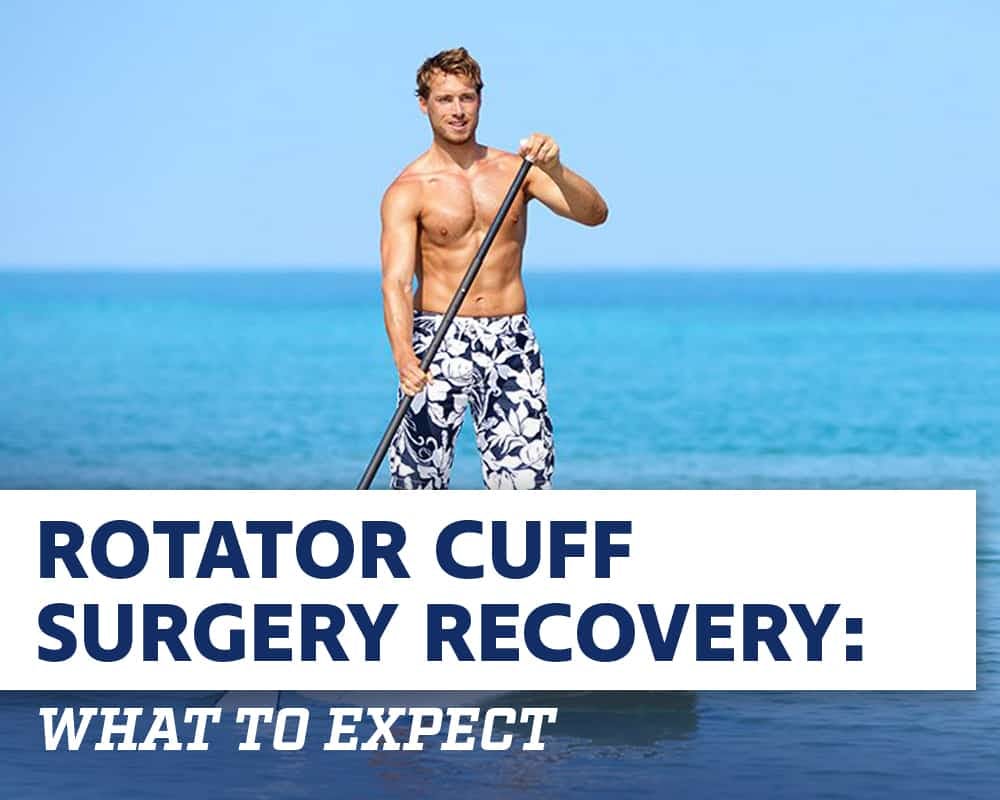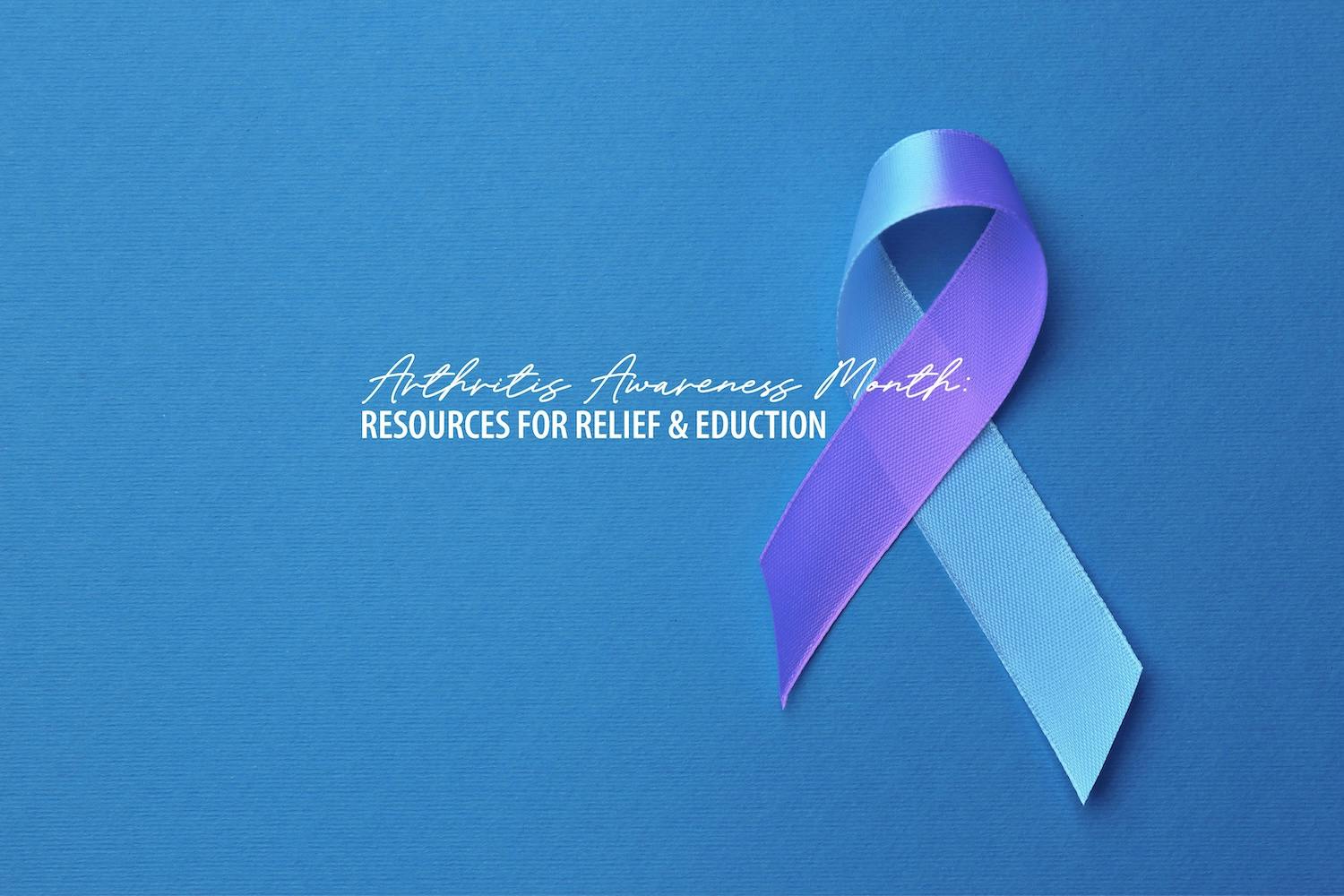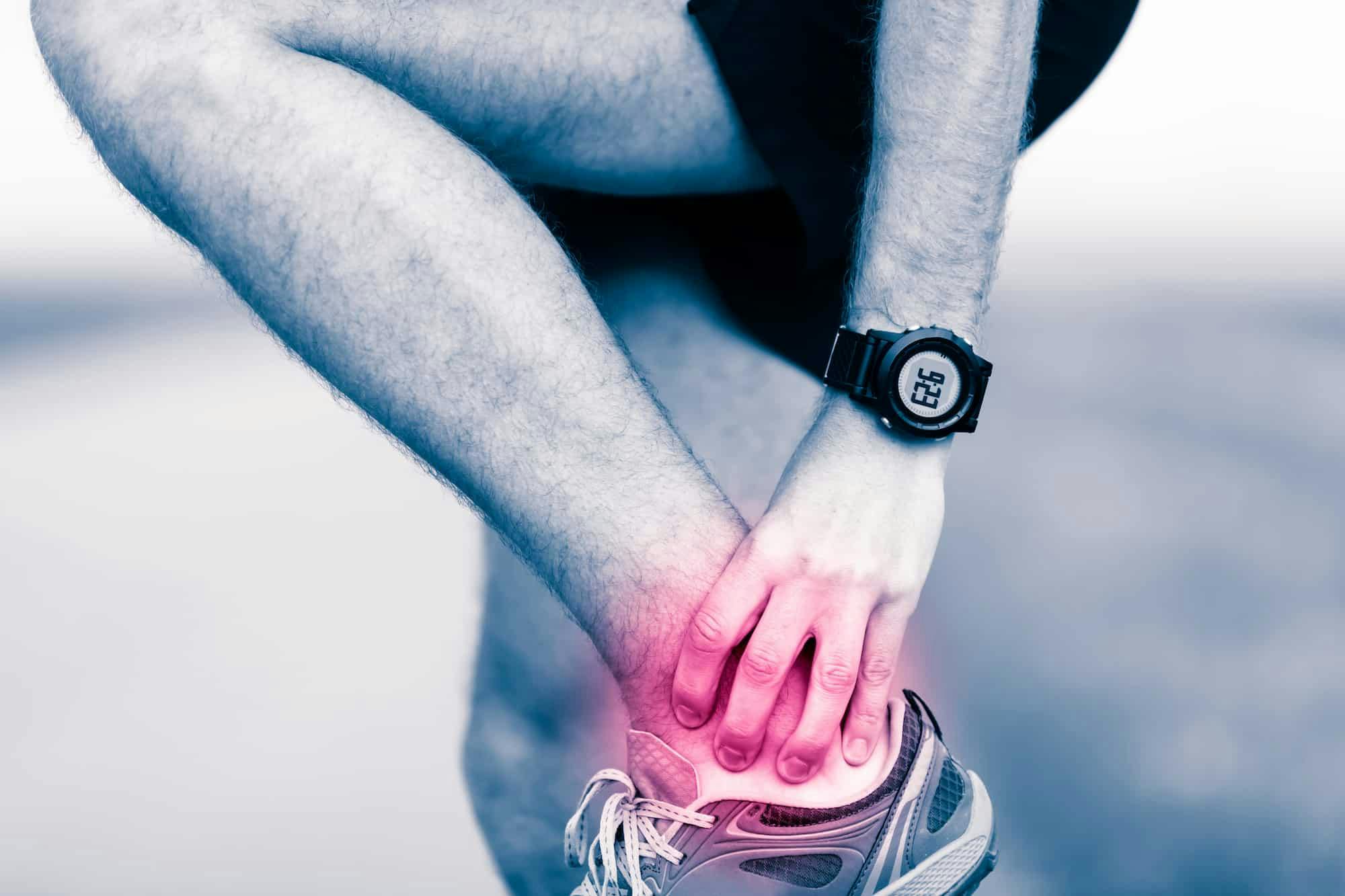- Blog
Rotator Cuff Surgery Recovery: What to Expect
Posted on 01-02-2026 in Shoulder by Dr. Chris O'Grady

Posted on 01-02-2026 in Shoulder by Dr. Chris O'Grady
Dr. Chris O’Grady has provided expert care to professional athletes of all ages for rotator cuff surgery. He believes that each patient deserves the highest quality of care possible; therefore, he provides non-athlete patients with the same high-quality, innovative care that professional athletes receive.
The Benefits of Arthroscopic Surgery
When compared to traditional open surgery techniques, arthroscopic surgery is less invasive; therefore, postoperative pain is reduced and scarring is minimal. An experienced arthroscopic surgeon can fix even the largest tears completely, without any incisions larger than 1cm. Furthermore, the initial recovery time for arthroscopic surgery is typically faster than the recovery times associated with traditional open surgery.
What to Expect Following Arthroscopic Rotator Cuff Surgery
The Importance of Following Postoperative Instructions
Dr. O’Grady provides all of his patients with aftercare instructions and to ensure the fastest and most comfortable recovery experience, it is imperative that patients follow these instructions. These instructions are specifically designed to help the patient as he or she moves through the recovery process. By following these instructions, patients can meet their goal of returning to work, participating in the activities they enjoy and regaining the quality of life they are accustomed to.
Postoperative to 6 Weeks: What Patients Need to Know
Patients Need to Protect the Rotator Cuff Repair
Directly following arthroscopic rotator cuff surgery, patients need to keep their shoulder stable and protected. In order to allow their shoulder to heal, patients will wear a sling for some time following their procedure (from four to six weeks). The length of time a patient is required to keep the shoulder immobilized in a sling depends on the size of the tear Dr. O’Grady repairs; however, during the initial three weeks following their procedure, all patients will be restricted in the use of their arm for the majority of activities.
Patients Receive a Sling on the day of Surgery
Pain Relief
A regional shoulder block is administered immediately prior to the procedure. This block is extremely effective and usually keeps the patient comfortable for the first 2-4 days following their surgery. Dr. O’Grady provides patients with pain medications to assist them throughout the recovery process. To ensure continued comfort, patients need to take their pain medications before their shoulder block completely wears off.
Cold therapy is an invaluable tool in controlling postoperative pain and swelling. In addition, it will minimize, and in some cases completely eliminate the need for narcotic pain medication. Because of the many side effects of narcotics, Dr. O’Grady will encourage the use of cold therapy throughout the entire rehab process. Bags of ice, frozen vegetables, etc. will get the job done but a cold therapy unit is more efficient and much less messy. These machines are not covered by insurance but can be purchased separately. Please inquire with Dr. O’Grady’s staff if you’re interested in purchasing a unit.
Directly Following Arthroscopic Surgery: Symptoms and Sensations
It is not uncommon for patients to experience odd sensations following their procedure, these sensations may include:
A sore throat and hoarseness are common symptoms after surgery. If these symptoms continue or worsen, contact your surgeon to receive proper care.
Find a Comfortable Sleeping Position
For the first few days after surgery, some patients find it more comfortable to sleep in a chair that reclines or with pillows propped up on their bed. Some patients purchase a shoulder support pillow system to use during recovery. Another method that is used to improve comfort involves placing a rolled up hand towel behind the affected shoulder. The towel helps by keeping the shoulder forward. Nighttime discomfort can continue for several months following rotator cuff surgery. Keep in mind that each patient is unique; therefore, patients should always speak with Dr. O’Grady before trying any new products or techniques.
Bathing
Once the initial dressing is changed, the small portal sites in the skin can be covered with waterproof band aids for showering. Submerging the incisions in a bathtub, pool, etc should not be done until the incisions have healed and are checked at the first postoperative visit.
The First Postoperative Appointment
Approximately two weeks after surgery, patients will return to Dr. O’Grady for their postoperative appointment. The primary purpose of this visit is to review the operative findings, assess pain control, remove sutures, and begin therapy if not already started.
Physical Therapy to Inhibit Problems with Stiffness
Physical therapy sessions during the early stages of recovery are not intended to strengthen the muscles; instead, the therapist performs exercises involving the passive movement of the joint. During passive movement, the muscles do not contract. The therapist moves the arm for the patient so as to avoid putting unnecessary strain on the joint. Performing these gentle movements helps inhibit scar tissue formation. Should scar tissue form, the joint’s ability to move will be affected; thus, reducing a patient’s final range of motion. There will also be some simple exercises for the muscles behind the shoulder to prevent pain in the upper back and improve the stability of the shoulder blade.
6 to 12 Weeks: As Recovery Continues
Physical Therapy: Active Exercises and Passive Exercises
Physical therapy sessions will include active and passive exercises. Physical therapy will not only improve a patient's range of motion, it can also reduce inflammation and decrease pain. At this point in time, patients still need to avoid lifting or pushing heavy objects. Placing strain on the joint may cause the sutures holding the tendon and bone together to pull out.
Complete recovery from arthroscopic rotator cuff surgery can take from three to six months. The length of time to a complete recovery is determined by the size of the tear that Dr. O'Grady repaired.
3 to 6 Months: Strength Training Begins
Strength Building Exercises
These exercises can not start before this phase because the rotator cuff tendons will not be completely healed to the bone before this time and can be reinjured. Strength building exercises begin within three to six months following surgery; however, regaining full strength in the shoulder can take up to 12 months.
By strictly following the instructions that Dr. O’Grady provides, patients will minimize their risk of complications and improve the likelihood of regaining full range of motion and strength in their shoulder.
Dr. Christopher O’Grady is a Board Certified Orthopaedic Surgeon who holds a Certificate of Added Qualifications in Sports Medicine. He specializes in arthroscopic shoulder surgery, shoulder replacement surgery and shoulder reconstruction. If you are suffering from shoulder pain contact North Florida Bone & Joint Specialists today.

May is Arthritis Awareness Month, an opportunity to increase public understanding of arthritis and its impact on millions of lives. Established by the Arthritis Foundation, this national observance highlights the importance of early diagnosis, effective treatment, and ongoing research to improve the quality of life for those with arthritis.

With summer in full swing and children taking advantage of more time to participate in sports-related or other outdoor activities, it’s essential to be mindful of injury prevention while encouraging their interest in activities that don’t involve screen time!

May is National Arthritis Awareness Month, and of the more than 100 forms of this painful condition, many can affect the ankle. In fact, almost half of people in their 60s and 70s have arthritis of the foot and/or ankle, but not all of them have symptoms.